When the term ‘sustainability’ is used in relation to human societies it is often taken to imply a paradigm shift, requiring societies to consider everything in relation to nature. This ‘transformative’ use of sustainability in social and economic terms, compares with an emphasis on ‘stability’, ‘balance’ and ‘conservation’ in the natural sciences. The need to incorporate a concern with sustainability into real-world decision-making partly accounts for the interest in sustainable development. Stimulated initially by the Brundtland Commission, which reported in 1987, and the Rio Earth Summit five years later, sustainable development began to carry the hopes and aspirations of peoples and governments. It also came to accumulate more conceptual and political baggage than had encumbered ‘sustainability’. Political coalitions have grown, in the south as well as the industrialized countries, that cut across class, gender and tethnic differences, to advance the goals of sustainable development. This has become a rallying point for new forms of social and political activity. Development efforts in the developing countries can be classified into three categories – indigenous, Western, and a hybrid of indigenous and Western. These categories are obvious in the agricultural, economic, and social systems. The strengths and weaknesses of these systems are apparent in the environmental degradation that accompanies their use. The economic systems of many development nations are replete with many Western ideas; often, indigenous methods to fit the society, while, in most of the rural areas, it is the indigenous ways that prevail. The three types of economic systems (free market, controlled, and indigenous) have their advantages and disadvantages, and their sustainability depends very much on their acceptability and benefits to the societies. The social systems of developing nations of the world have been enormously influenced by cultures exogenous to them. These influences are evident in the ways of life in the urban centers and capital cities of developing nations. This is the appropriate time for a collective book that would bring together a multidisciplinary group of scholars, educators, development practitioners, international experts, and professionals who could discuss the issues of sustainable development from a holistic perspective. If development is to be sustained for any length of time in the developing countries, it must be done in a systematic and holistic manner. The characteristics of the strategy must come from different fields of study. The interplay of the economic and environmental parameters must be thoroughly understood – hence, the need for the diverse backgrounds of the contributors. This book is about the importance of the integration of the natural resource, agricultural, social, financial and environmental aspect of the economy in the overall development of developing countries. The contributors have endeavored to address the issues that relate to the central idea of the book. The perspectives presented in the papers are combinations of practical, applied, and theoretical.
Entrepreneurship Development and Small Business Management
One of the great social ...
$94.50
$105.00

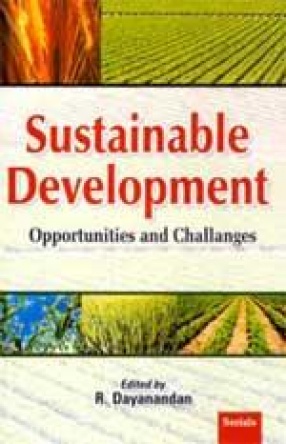
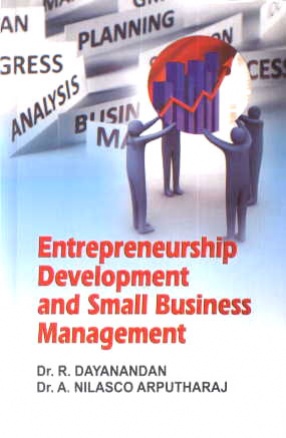
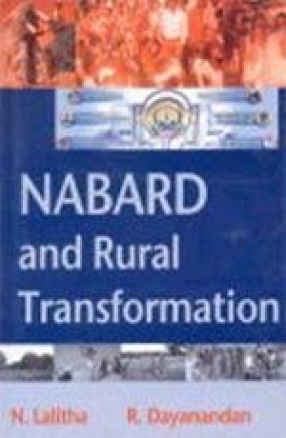
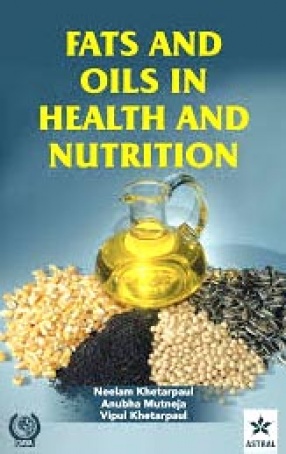

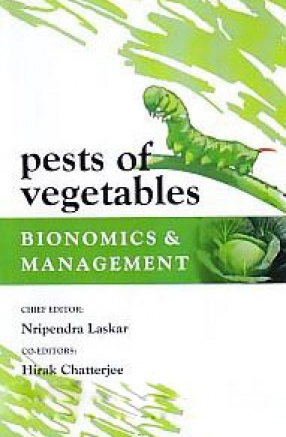
There are no reviews yet.